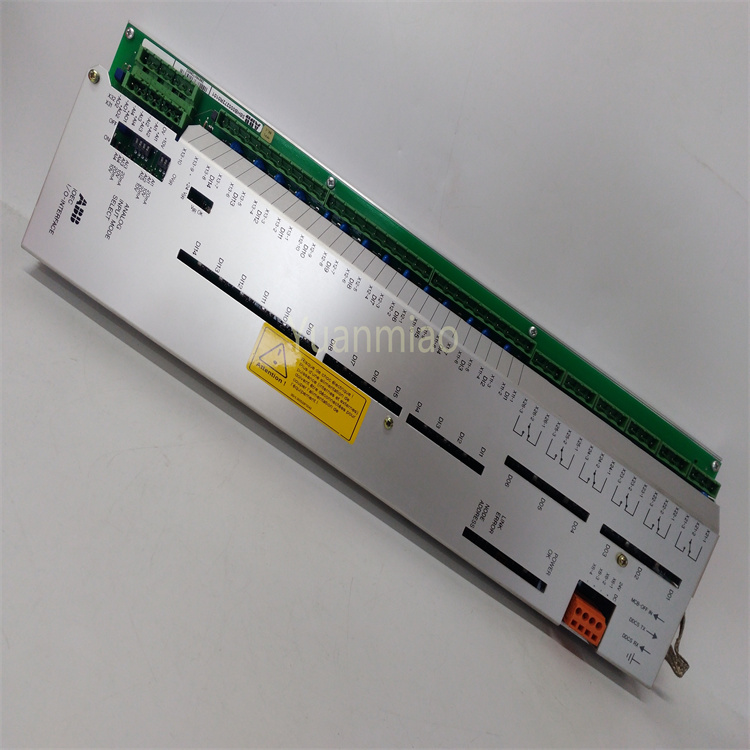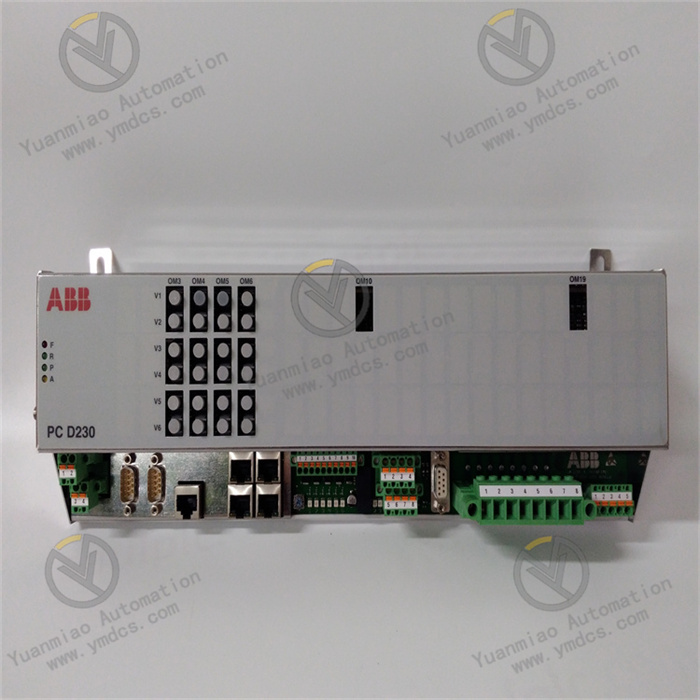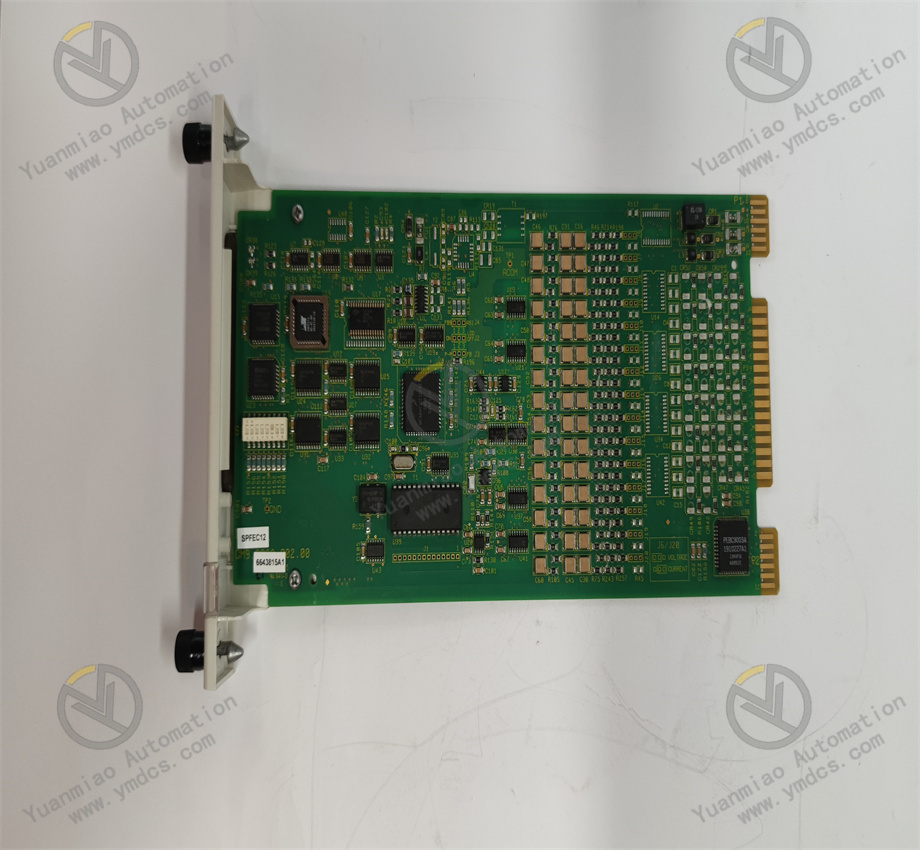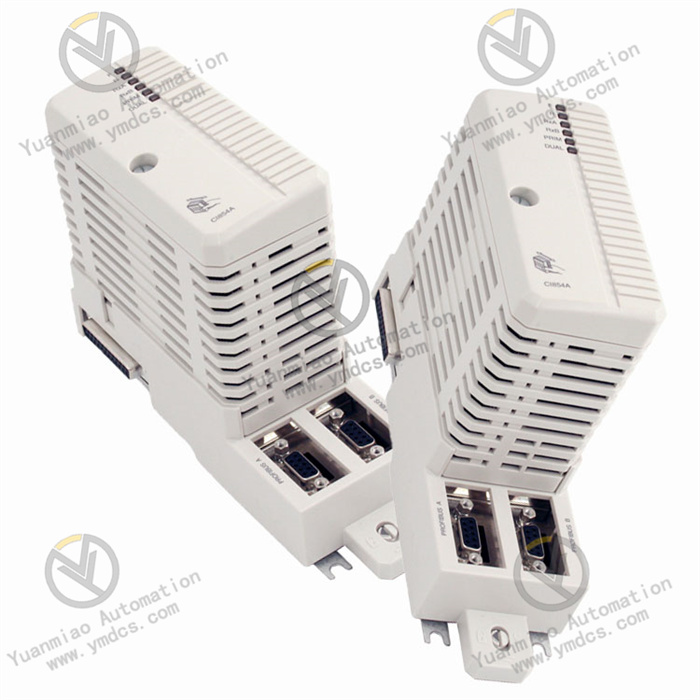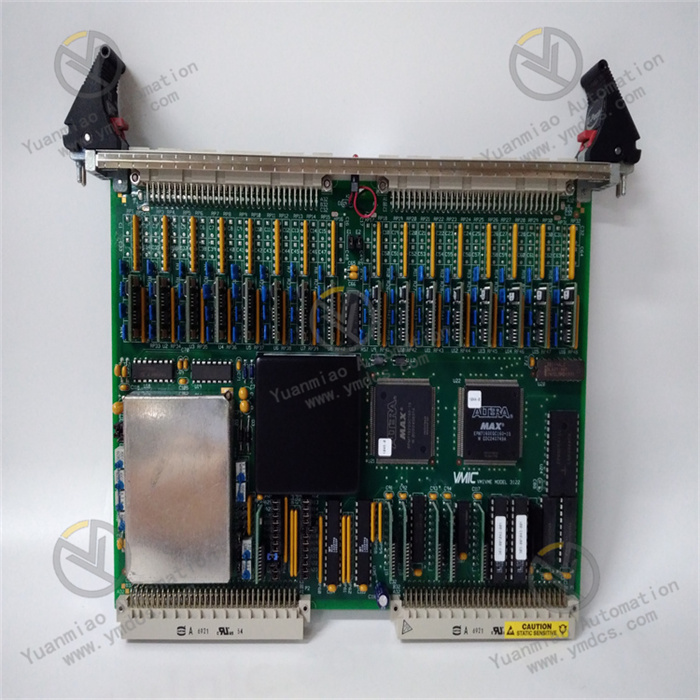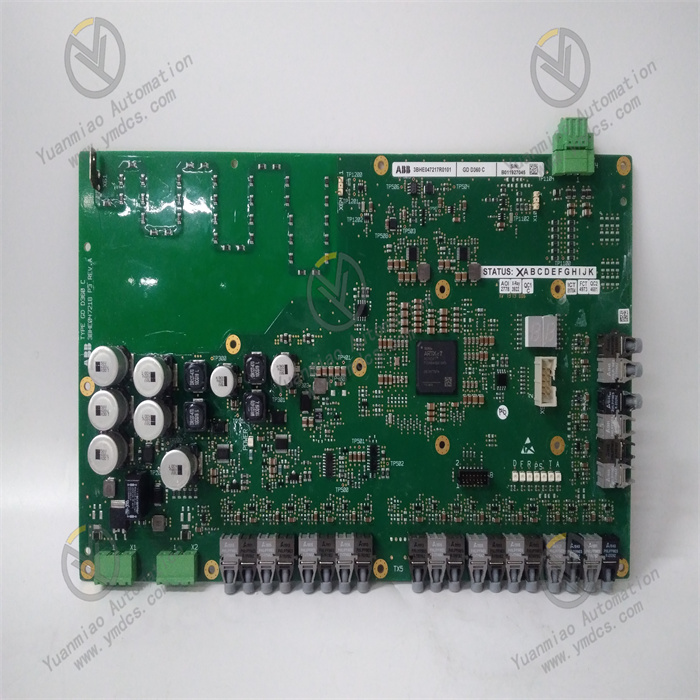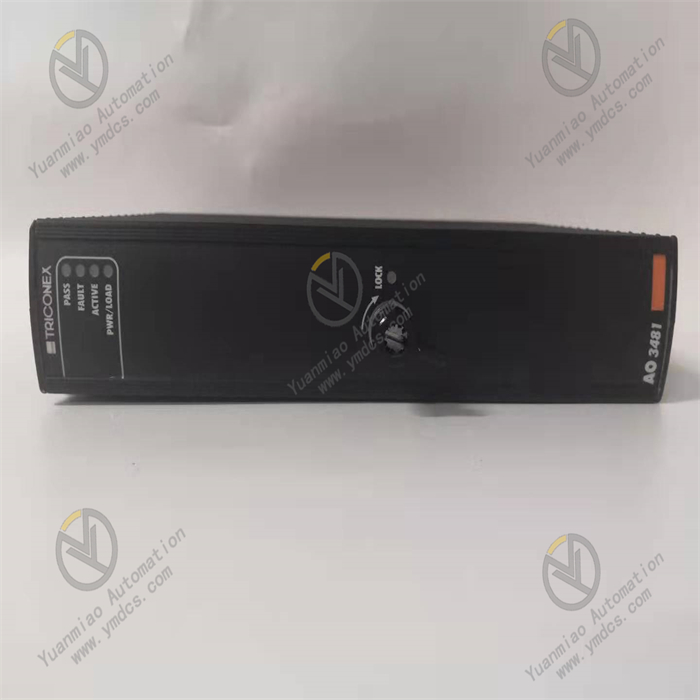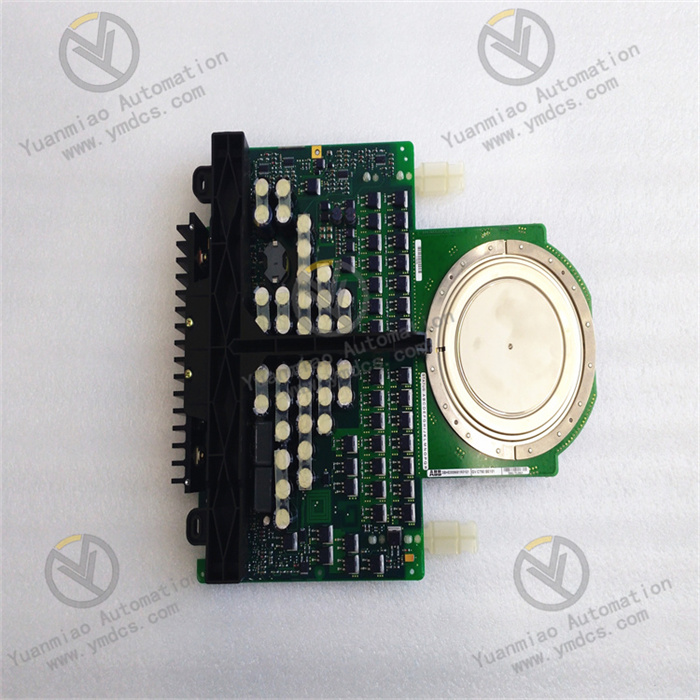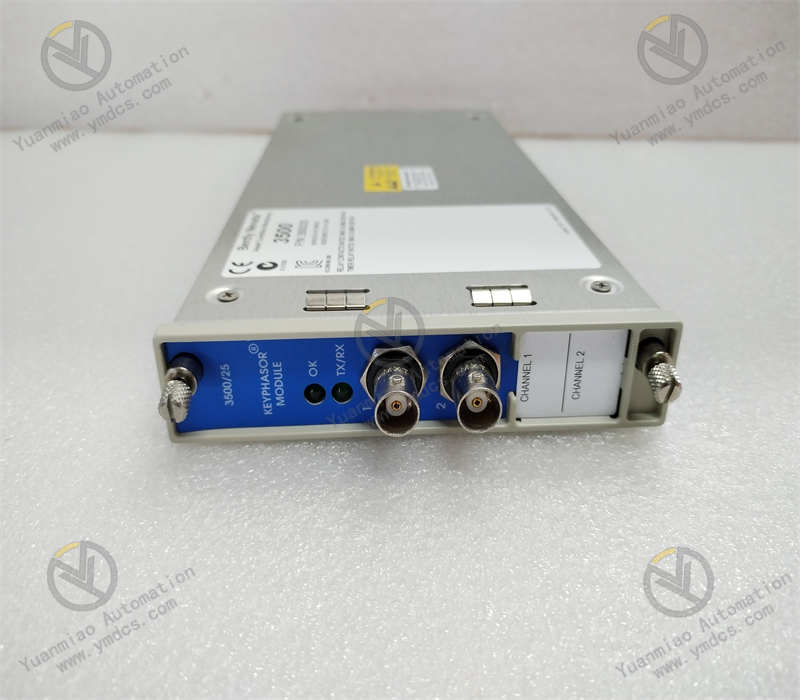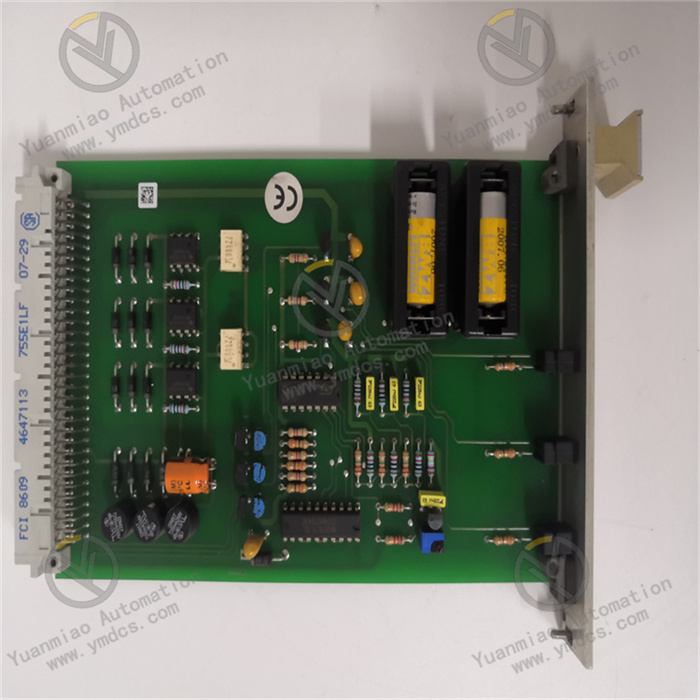Description
Part Number: 126599-01 Manufacturer: Bently Nevada Series: 3500 Product Type: Aero GT I/O Module (Internal Terminations) Availability: In Stock Dimensions: 241.3 mm x 24.4 mm x 99.1mm Weight: 0.45 kg Country of Origin: United States (USA) 126599-01 is an Aero GT I/O Module developed by Bently Nevada. It is a part of the 3500/44M Aeroderivitive GT Vibration Monitor system. The four-channel 3500/44M Aeroderivitive GT Vibration Monitor is an instrument created for use with aero-derivative gas turbines. It drives alerts by comparing observed parameters to predefined alarm setpoints to continuously monitor machines. It communicates crucial machine information to staff members who work in operations and maintenance. Aero GT I/O modules on the 3500/44M connect to Velomitor sensors and accelerometers using Bently Nevada interface modules. The monitor connects through the Prox/Velom I/O.
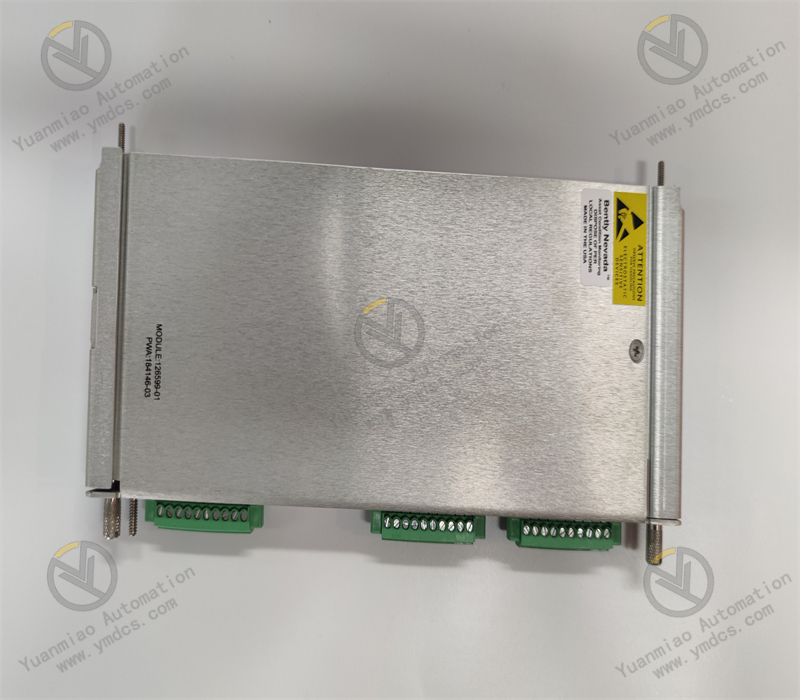
Functional Features High-precision Vibration Monitoring: It can accurately measure the vibration parameters of equipment, such as vibration amplitude and frequency, providing accurate data support for the evaluation of the equipment's operating status. Through advanced sensor technology and signal processing algorithms, it can promptly detect abnormal vibration conditions of the equipment. Multi-parameter Monitoring: In addition to vibration monitoring, it may also support the monitoring of other parameters, such as temperature, pressure, displacement, etc., enabling comprehensive monitoring of the equipment. For example, it can monitor the shaft displacement of rotating equipment to ensure the stability of the equipment's operation. Data Processing and Analysis: It has powerful data processing capabilities and can perform real-time analysis and processing of various parameters data collected. Through data analysis, it can predict the fault trends of the equipment and take maintenance measures in advance to reduce equipment downtime. Communication Function: It supports multiple communication protocols, such as Ethernet, Modbus, etc., facilitating data transmission and communication with other devices (such as PLC, host computer, etc.). It can upload the operating data of the equipment to the monitoring system in real time to achieve remote monitoring and control. Fault Diagnosis and Alarm: It has a built-in fault diagnosis algorithm, which can determine the fault type of the equipment according to the monitored data and send out alarm signals in a timely manner. The alarm methods may include audible and visual alarms, communication alarms, etc., to ensure that the operators can be informed of the operating status of the equipment in a timely manner.
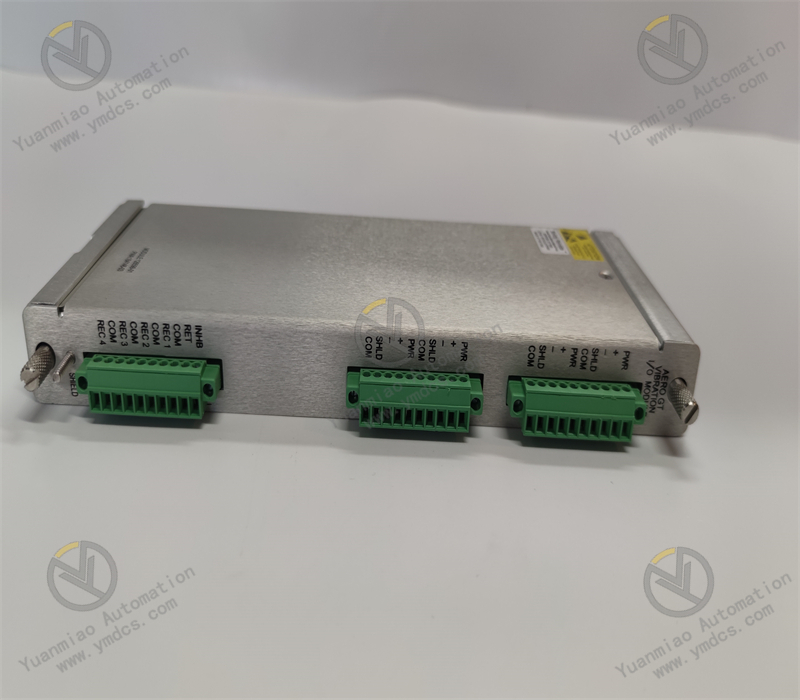
Technical Parameters Measurement Accuracy: The vibration measurement accuracy may reach a certain percentage, such as ±1% FS (full scale), and the displacement measurement accuracy may reach ±0.01mm, etc., to ensure the accuracy of the measurement data. Input Channels: It may have multiple input channels and can connect multiple sensors simultaneously to achieve synchronous monitoring of multiple parameters. For example, it can connect vibration sensors, temperature sensors, etc. Sampling Frequency: It has a high sampling frequency, such as 10kHz or higher, and can quickly collect the operating data of the equipment to capture the transient changes of the equipment. Communication Rate: The Ethernet communication rate may reach 10/100Mbps, and the serial communication rate can be between 9600bps and 115200bps to meet different communication needs. Operating Temperature Range: The general operating temperature range is from -40°C to 70°C, which can adapt to different industrial environment temperatures.
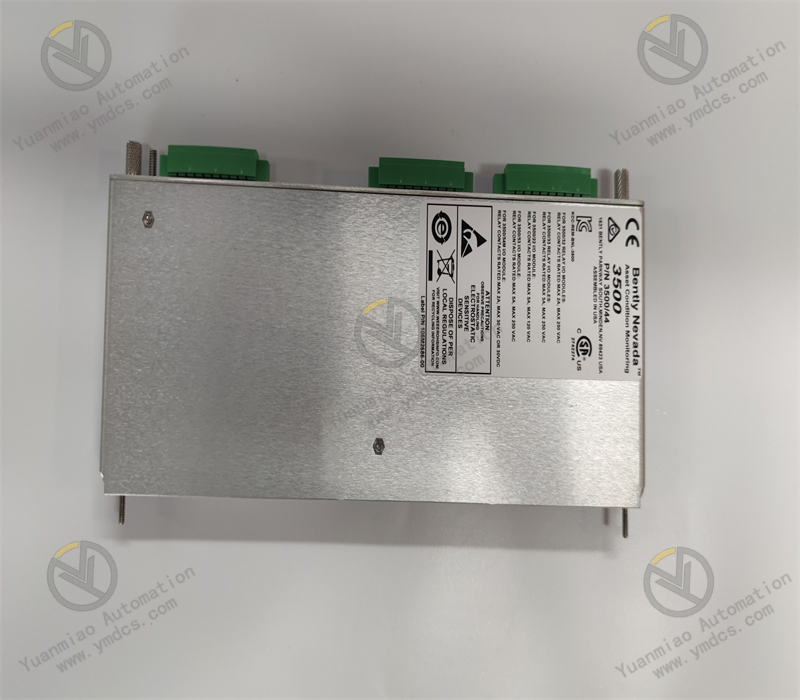
Application Areas Power Industry: It is used for the monitoring and protection of equipment such as generator sets and transformers. It monitors parameters such as the vibration and temperature of the generator set to ensure the stable operation of the generator set and avoid power outages caused by equipment failures. Oil and Gas: In oil and gas extraction, transportation and processing equipment, such as compressors and pumps, it can monitor the operating status of the equipment in real time. It can promptly detect potential faults of the equipment to ensure the safety and stability of oil and gas production. Industrial Automation Production Lines: On the automation production lines, it monitors parameters such as the vibration and displacement of key equipment to ensure the normal operation of the production line, and improves production efficiency and product quality. Aerospace: It is applied to the monitoring of aerospace engines, aircraft structures, etc. Through the monitoring of parameters such as vibration, it ensures the safety and reliability of aerospace equipment.
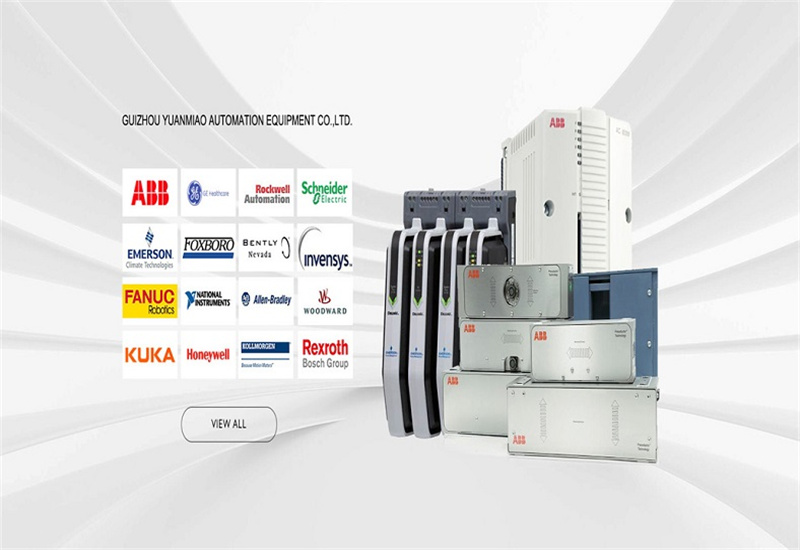
Common Faults and Solutions Communication Faults Reasons: Damaged communication cables, loose communication interfaces, incorrect communication parameter settings, etc. Solutions: Check whether the communication cables are properly connected and if there is any damage, and replace the cables if there are problems; check whether the communication interfaces are loose and re-plug them; confirm whether the communication parameter settings, such as baud rate, data bits, stop bits, etc., are correct, and re-set the correct parameters. Abnormal Measurement Data Reasons: Sensor failures, signal interference, improper measurement range settings, etc. Solutions: Check whether the sensors are working properly and replace the faulty sensors; take electromagnetic shielding measures to reduce signal interference; check whether the measurement range settings are reasonable and adjust the measurement range according to the actual signal size. False Alarms or Missed Alarms Reasons: Unreasonable parameter settings of the fault diagnosis algorithm, improper sensor installation, etc. Solutions: Adjust the parameters of the fault diagnosis algorithm to optimize the performance of the algorithm; check the installation position and method of the sensor to ensure that the sensor can accurately measure the parameters of the equipment. Power Supply Faults Reasons: Damaged power supply modules, abnormal power input, etc. Solutions: Check whether the power supply modules have phenomena such as overheating and damage, and replace the faulty power supply modules; check whether the power input voltage is within the allowable range of the equipment to ensure normal power input.


